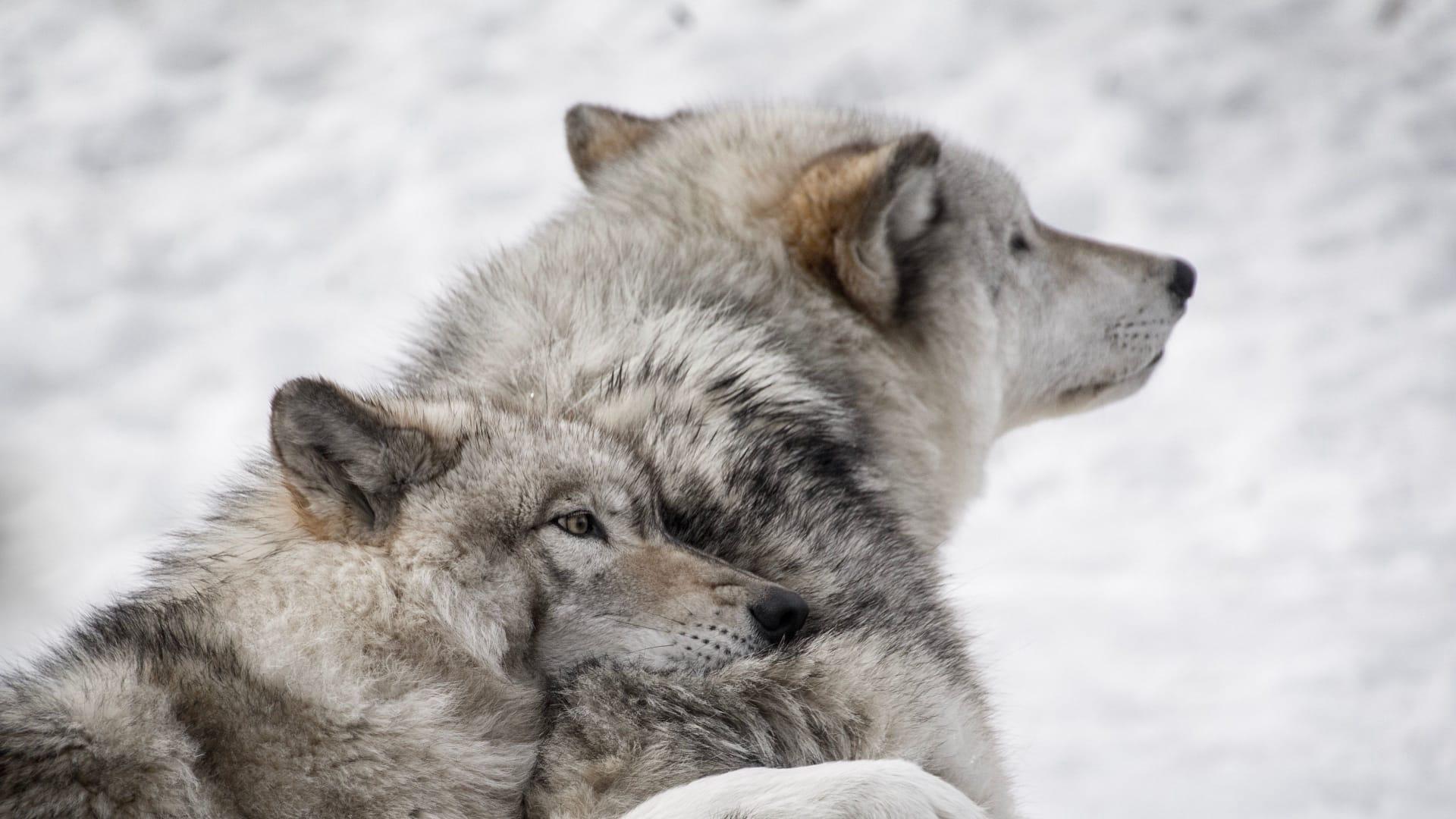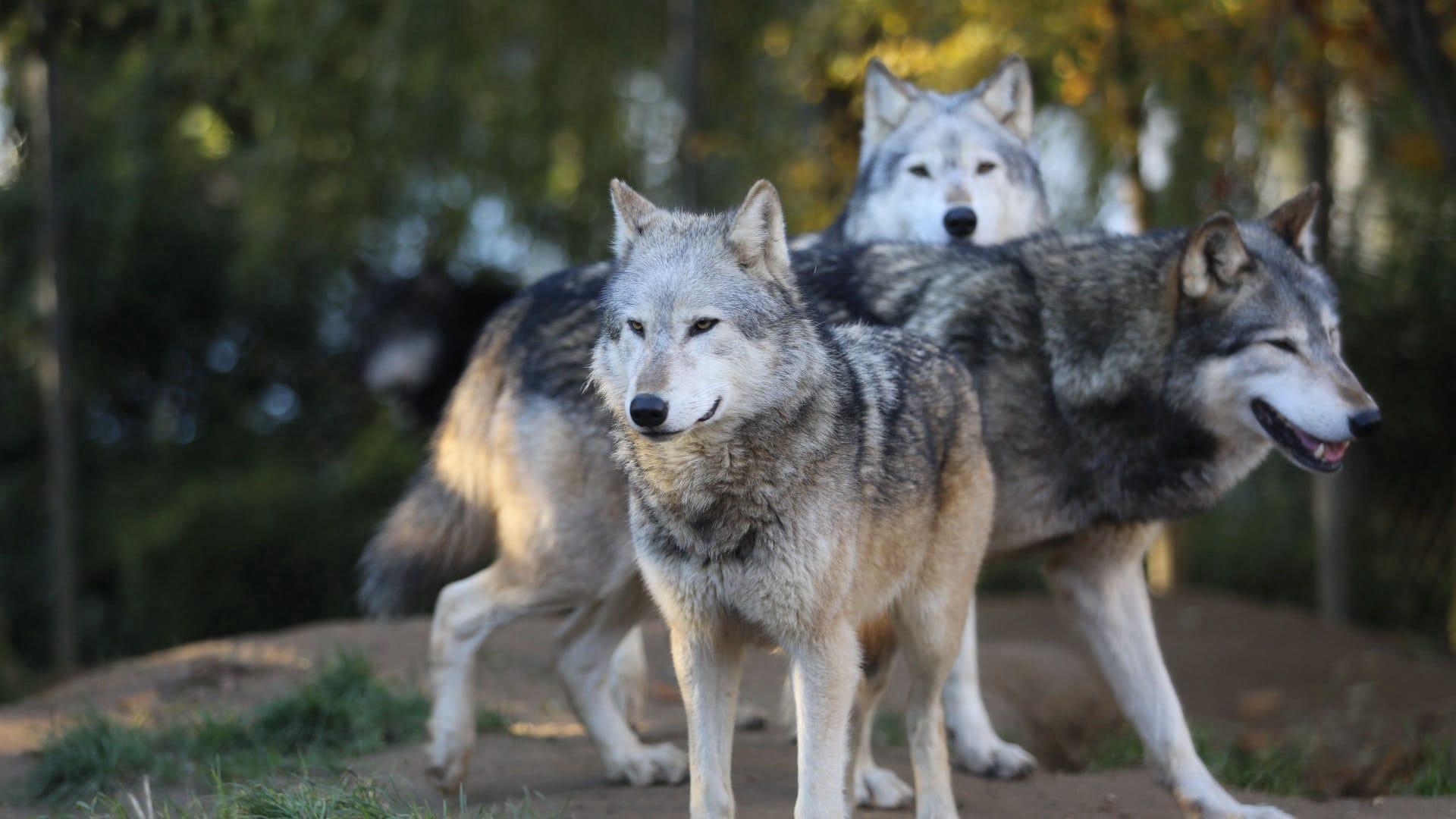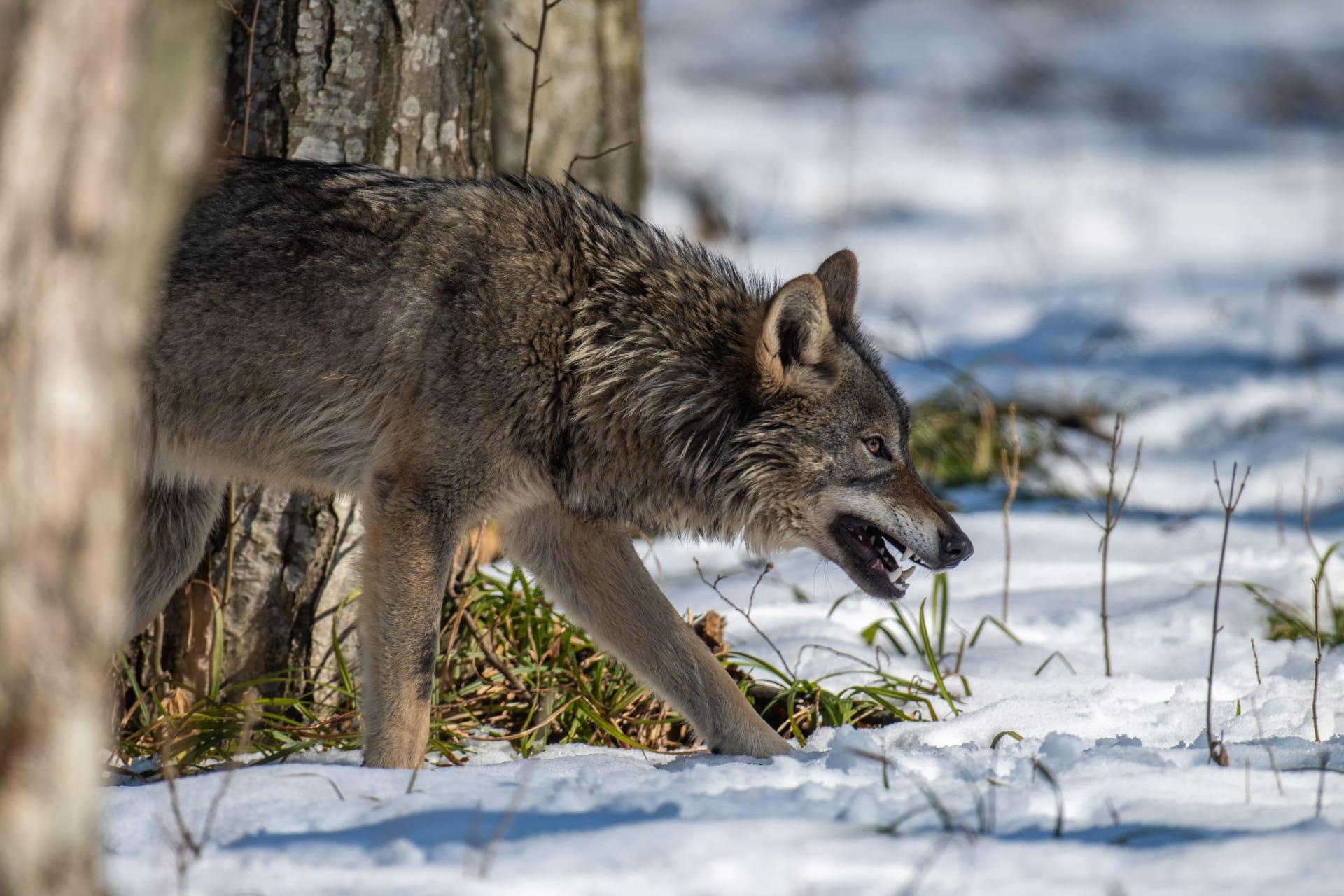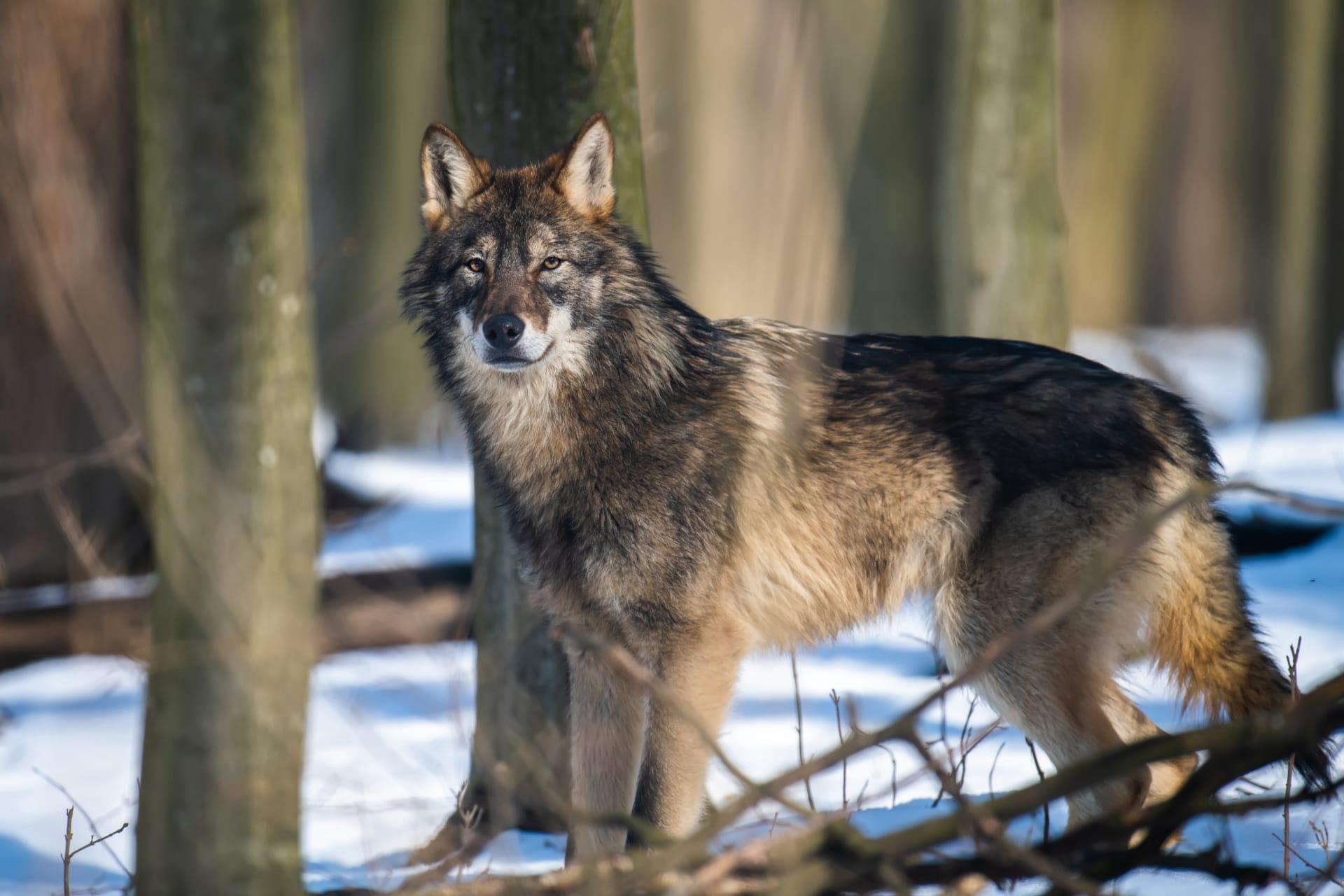Grey Wolf Trivia
- Home /
- Trivia Question /
- Animal /
- Grey Wolf Trivia
1
Question: How large can a grey wolf get?
Answer: Grey wolves are among the largest wild canines. Adult males typically weigh between 70 to 145 pounds (32 to 65 kilograms), and females are slightly smaller, weighing 60 to 100 pounds (27 to 45 kilograms). They measure about 4.5 to 6.5 feet (1.4 to 2 meters) from nose to tail tip, with a shoulder height of about 26 to 32 inches (66 to 81 centimeters).
Question: What is the lifespan of a grey wolf in the wild?
Answer: Grey wolves have an average lifespan of 6 to 8 years in the wild. However, in protected environments like national parks, they can live up to 13 years or more. Factors like habitat, availability of prey, and human impact influence their lifespan.

2
Question: Do grey wolves only live in cold climates?
Answer: Contrary to popular belief, grey wolves have a diverse habitat range. They are not limited to cold climates and can adapt to a variety of environments, including forests, mountains, grasslands, and even deserts. Their distribution spans from North America to Europe and Asia.
Question: Are grey wolves dangerous to humans?
Answer: Grey wolves generally avoid humans and are not inherently dangerous. Wolf attacks on humans are extremely rare. Their natural behavior is to be wary of humans and their activities. Incidents that do occur are often linked to wolves that have become habituated to human presence.

3
Question: What do grey wolves eat?
Answer: Grey wolves are carnivores and primarily hunt large ungulates like deer, elk, and moose. They are skilled hunters and can take down prey much larger than themselves. Wolves also eat smaller mammals, birds, fish, and occasionally indulge in berries and other plant materials.
Question: How do grey wolves communicate?
Answer: Grey wolves communicate through a variety of vocalizations, body language, and scent marking. They are well-known for their iconic howl, used to gather the pack, communicate location, or warn off other wolves. They also use facial expressions, tail positions, and scents to convey messages to each other.

4
Question: How far can a grey wolf travel in a day?
Answer: Grey wolves are incredible travelers. They can cover distances up to 30 miles (48 kilometers) in a single day while hunting or exploring their territory. Their territories can range from 50 to 1,000 square miles (130 to 2,590 square kilometers), depending on the availability of prey and competition.
Question: Do grey wolves live in packs?
Answer: Yes, grey wolves are social animals and typically live in packs. A pack usually consists of a breeding pair (alpha male and female), their offspring, and sometimes a few other adults. Pack sizes can vary, averaging 6 to 8 members, but some packs may include up to 20 wolves.

5
Question: Can grey wolves interbreed with other canines?
Answer: Grey wolves can interbreed with closely related species such as domestic dogs (Canis lupus familiaris) and coyotes (Canis latrans), producing hybrid offspring. However, such occurrences are more common in areas where wolf populations are low and other canines are more abundant.
Question: What role do grey wolves play in the ecosystem?
Answer: Grey wolves play a critical role as apex predators in their ecosystems. By controlling the populations of large herbivores, they help maintain a balance in the food chain. This in turn influences vegetation and habitat structure, demonstrating the importance of their presence for ecological integrity.